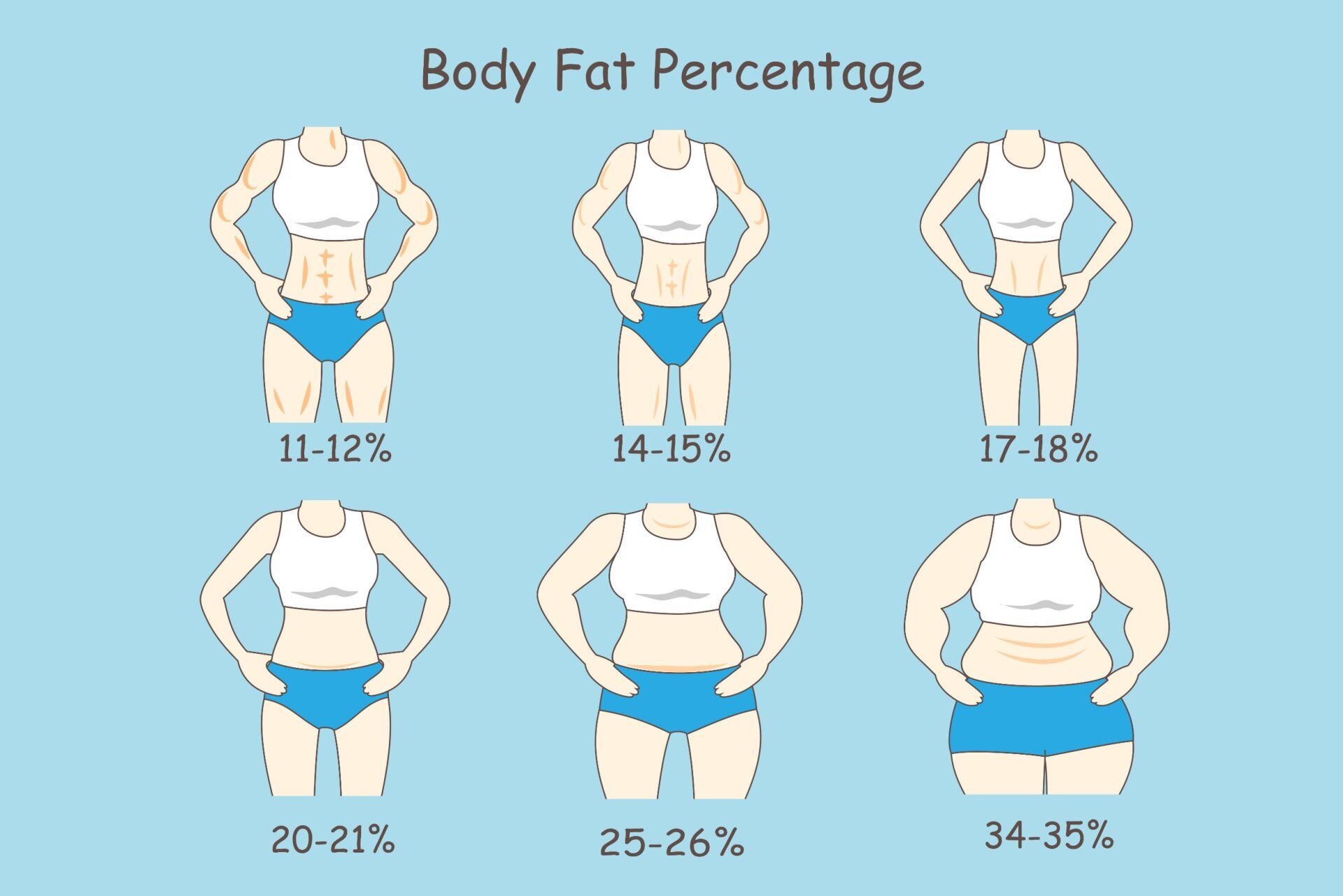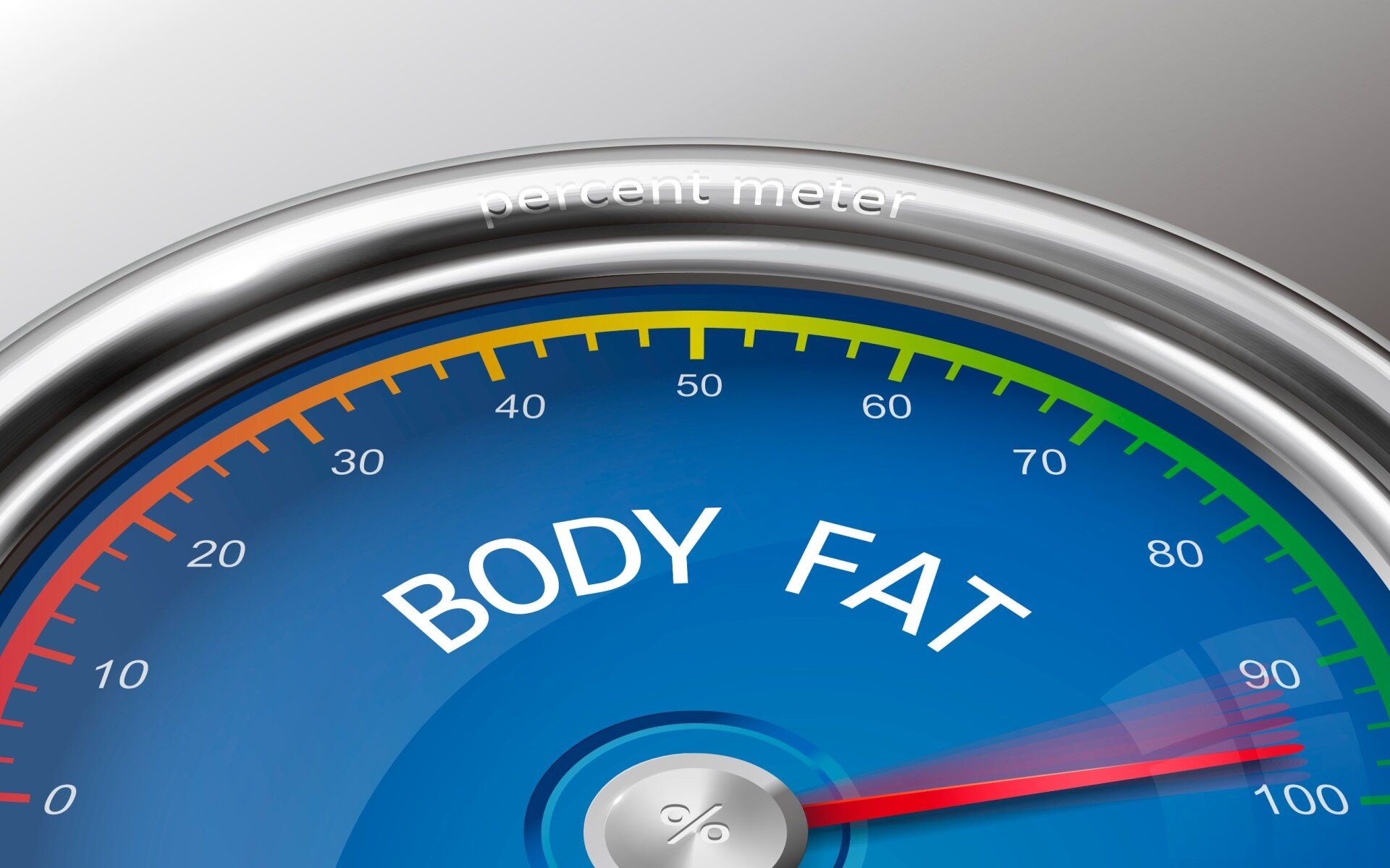What Can a Physician Use to Measure a Person’s Body Fat Percentage?
How often do you stand on a scale to monitor your body weight? For some people, stepping on a scale is a regular activity – even daily, in some cases. For others, they’ll do whatever it takes to avoid stepping on a scale – either out of fear of what it might read or a complete lack of interest.
No matter what side of the spectrum you find yourself on, monitoring a healthy weight is an essential and traditional practice for those that want to live a healthy life. What many people fail to realize is your weight actually doesn’t tell you much about your health – in fact, it tells you very little.
The same goes for body mass index (BMI), which measures weight in proportion to height. While it can tell you whether you’re underweight, overweight, or of normal weight, it doesn’t take into account how much body fat you’re carrying – that’s where body fat percentage comes into play.
What is Body Fat Percentage?
As much as we hate to admit it, fat is essential to the normal functioning of the human body – we need it just as much as we need any other nutrient. The problem is some of us eat too much fat and since the body stores it for later use, that fat only gets burned through regular exercise.
Body fat percentage, also known as BFP, is nothing more than the percentage of fat in the body – it tells you how much of your weight is contributed to fat, opposed to lean muscle. In many ways, it gives doctors a much clearer picture of their patient’s risk of weight-related diseases.
While weight can tell you a lot about a person’s health, body fat percentage gives a greater insight into that individual’s body composition. By breaking down where that weight is coming from, doctors can better analyze the individual’s health and provide guidance moving forward.
What is a Healthy Body Fat Percentage?
In general, a higher body fat percentage is linked to an increased risk of weight-related diseases – including type 2 diabetes, gallstones, high blood pressure, insulin resistance, heart disease, breathing issues, sleep apnea, and more. At the same time, you don’t want it to be too low.
Let’s take a look at what a healthy body fat percentage looks like for women:
- 21-32% for women between the ages of 20 and 39
- 23-33% for women between the ages of 40 and 59
- 24-35% for women between the ages of 60 and 79
Now, let’s take a look at what a healthy body fat percentage looks like for men:
- 8-19% for men between the ages of 20 and 39
- 11-21% for men between the ages of 40 and 59
- 13-24% for men between the ages of 60 and 79
Having too much body fat can be troublesome, but so can having a low body fat percentage – especially since the body needs fat to absorb certain vitamins, such as vitamins A, D, E, and K. Not only that, but body fat plays an essential role in protecting your organs.

What Can a Physician Use to Measure a Person’s Body Fat Percentage?
There are two types of body fat – subcutaneous fat and visceral fat. Subcutaneous fat is located underneath the skin and makes up most of the fat in the body – it’s the fat you can see. On the other hand, visceral fat is mostly found in the abdomen around the body’s major internal organs.
Let’s take a look at some of the most common ways to estimate body fat percentage:
- DEXA Scans - also known as a dual-energy X-ray absorptiometry scan, a DEXA scan takes images of the whole body and measures the absorption of X-ray photons.
- Hydrostatic Weighing - also known as underwater weighing, this method requires the individual to be submerged into water (about the size of a dunk tank), measuring the amount of displaced water.
- Bod Pods - also known as air displacement plethysmography, this method measures body composition through whole-body densitometry.
- Calipers - also known as the pinch test, calipers are the most traditional way of measuring body fat percentage by taking skinfold measurements in certain areas.
- CT or MRI Scans - a computed tomography (CT) scan and magnetic resonance imaging (MRI) scan are extremely accurate, but aren’t readily available to most.
- Bioelectrical Impedance Analysis - this method sends electrical currents through the body to measure the percentage of body fat compared to lean muscle mass.
If you’re looking to get an accurate body fat measurement to determine body fat percentage, you’re going to want to see a doctor. Most of the methods you can do at home will give you a good idea of what your BFP is, but the technology used at a doctor’s office produces much more accurate results.
How to Lower or Reduce Body Fat Percentage
The National Institute of Diabetes and Digestive and Kidney Diseases estimates that nearly 30% of all adults are overweight, 42% of adults are obese, and 9% of adults are severely obese. A majority of these individuals would greatly benefit from lowering their body fat percentage.
Don’t worry, we have some tips to help you reduce your body fat percentage:
- Consider HIIT (high-intensity interval training) to lose fat
- Instead of avoiding fatty foods completely, focus on eating healthy fats
- Avoid refined sugars and processed foods in your diet
- Avoid soda, alcohol, and highly-sweetened beverages
- Make sure you’re getting enough protein and fiber in your diet
- Ensure you’re getting enough quality sleep each night
- Add some cardio exercise to your weekly routine
Let’s also take a look at some tips for raising your body fat composition (when needed):
- Make sure you’re eating a nutrient-dense, healthy, and well-balanced diet
- Try to eat your meals on a regular schedule
- Always start the day with a healthy and nutritious breakfast
- Never skip a meal – if you’re not hungry, at least eat a healthy snack
- Focus on strength training when exercising
- Maintain healthy and regular sleeping patterns
Maintaining a healthy body fat percentage goes a long way in securing your health long-term. Make sure you follow your doctor’s advice when lowering or raising your body fat distribution – they can help you find the right balance and can help you achieve ultimate health and wellness.

Are You Worried About Your Body Composition?
Are you trying to measure body fat percentage? Are you concerned that your body fat percentage is an indication of worse things to come? Do you want proven and effective ways of lowering or raising your body fat percentage? If you answered ‘yes’ to any of those questions, contact us!
At Good Samaritan LV, we take pride in helping our patients live a happy, healthy, and meaningful life. We can help accurately measure body fat percentages and analyze the results to determine what needs to be done in the future to better achieve a healthy mind, body, and spirit.
To learn more about our practice or to schedule an appointment with Dr. Shaun Jang, MD, don’t hesitate to contact us today – we can’t wait to hear from you!



